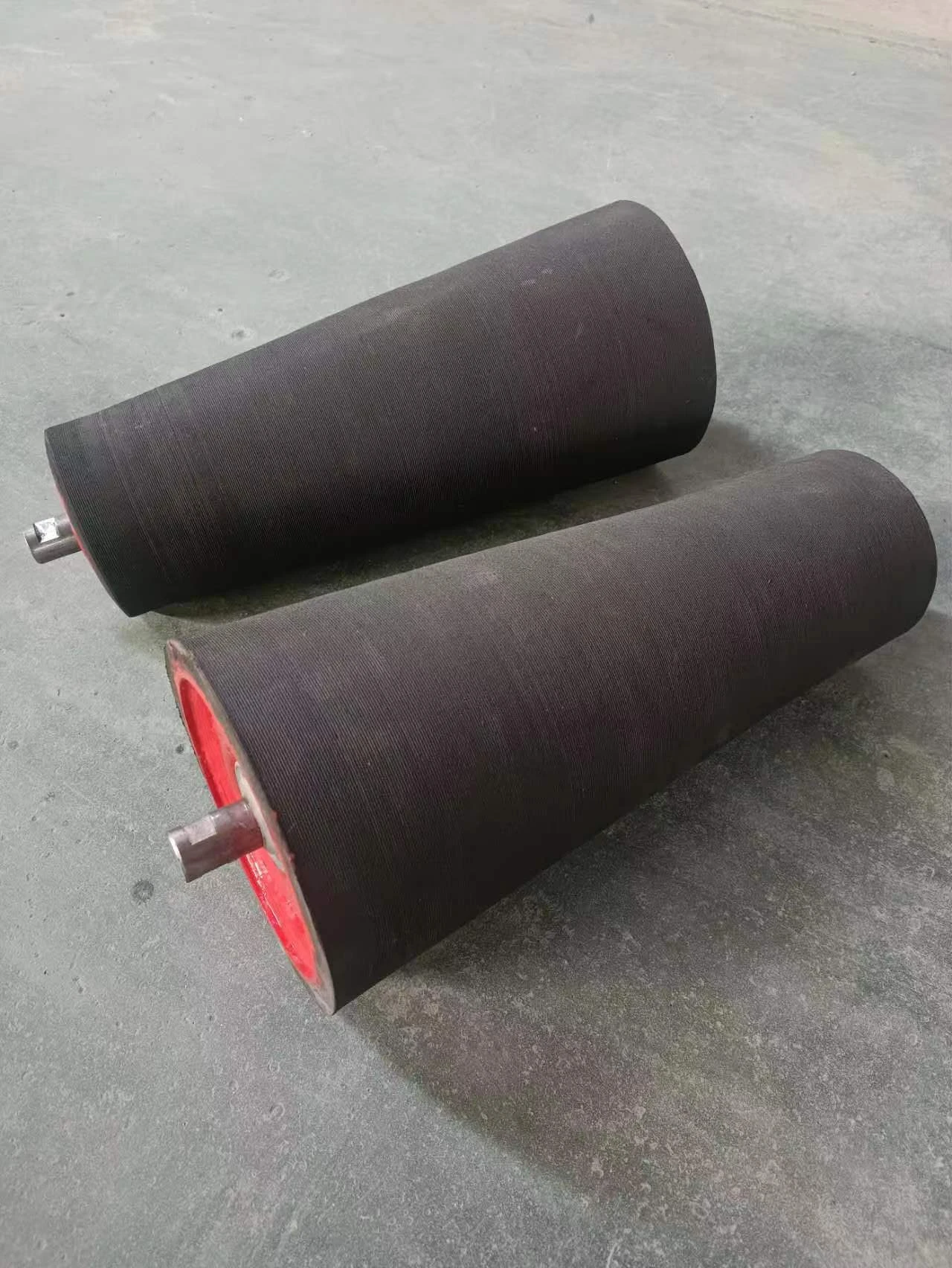 Afrikaans
Afrikaans  Albanian
Albanian  Amharic
Amharic  Arabic
Arabic  Armenian
Armenian  Azerbaijani
Azerbaijani  Basque
Basque  Belarusian
Belarusian  Bengali
Bengali  Bosnian
Bosnian  Bulgarian
Bulgarian  Catalan
Catalan  Cebuano
Cebuano  Corsican
Corsican  Croatian
Croatian  Czech
Czech  Danish
Danish  Dutch
Dutch  English
English  Esperanto
Esperanto  Estonian
Estonian  Finnish
Finnish  French
French  Frisian
Frisian  Galician
Galician  Georgian
Georgian  German
German  Greek
Greek  Gujarati
Gujarati  Haitian Creole
Haitian Creole  hausa
hausa  hawaiian
hawaiian  Hebrew
Hebrew  Hindi
Hindi  Miao
Miao  Hungarian
Hungarian  Icelandic
Icelandic  igbo
igbo  Indonesian
Indonesian  irish
irish  Italian
Italian  Japanese
Japanese  Javanese
Javanese  Kannada
Kannada  kazakh
kazakh  Khmer
Khmer  Rwandese
Rwandese  Korean
Korean  Kurdish
Kurdish  Kyrgyz
Kyrgyz  Lao
Lao  Latin
Latin  Latvian
Latvian  Lithuanian
Lithuanian  Luxembourgish
Luxembourgish  Macedonian
Macedonian  Malgashi
Malgashi  Malay
Malay  Malayalam
Malayalam  Maltese
Maltese  Maori
Maori  Marathi
Marathi  Mongolian
Mongolian  Myanmar
Myanmar  Nepali
Nepali  Norwegian
Norwegian  Norwegian
Norwegian  Occitan
Occitan  Pashto
Pashto  Persian
Persian  Polish
Polish  Portuguese
Portuguese  Punjabi
Punjabi  Romanian
Romanian  Russian
Russian  Samoan
Samoan  Scottish Gaelic
Scottish Gaelic  Serbian
Serbian  Sesotho
Sesotho  Shona
Shona  Sindhi
Sindhi  Sinhala
Sinhala  Slovak
Slovak  Slovenian
Slovenian  Somali
Somali  Spanish
Spanish  Sundanese
Sundanese  Swahili
Swahili  Swedish
Swedish  Tagalog
Tagalog  Tajik
Tajik  Tamil
Tamil  Tatar
Tatar  Telugu
Telugu  Thai
Thai  Turkish
Turkish  Turkmen
Turkmen  Ukrainian
Ukrainian  Urdu
Urdu  Uighur
Uighur  Uzbek
Uzbek  Vietnamese
Vietnamese  Welsh
Welsh  Bantu
Bantu  Yiddish
Yiddish  Yoruba
Yoruba  Zulu
Zulu Essential Parts and Functions of Conveyor Systems for Efficient Material Handling
Understanding Conveyor System Components A Key to Efficient Material Handling
Conveyor systems are integral to various industries, ranging from manufacturing to warehousing, due to their ability to streamline the transportation of goods and materials. These systems consist of several essential components, each playing a crucial role in ensuring smooth operation and efficiency. Understanding these components is vital for anyone involved in the design, maintenance, or operation of conveyor systems.
1. Conveyor Belt
The conveyor belt is perhaps the most recognizable component of a conveyor system. It serves as the primary surface for carrying materials from one point to another. Conveyor belts come in various materials, such as rubber, fabric, metal, or plastic, depending on the application. The choice of material affects durability, flexibility, and suitability for different types of loads. For example, rubber belts are commonly used in environments where heavy loads are transported, while plastic belts might be preferred in industries dealing with food products due to their hygiene properties.
2. Drive Mechanism
The drive mechanism is crucial for powering the conveyor system. It typically consists of a motor, gearbox, and pulleys. The motor provides the necessary energy to move the belt, while the gearbox adjusts the speed and torque according to the requirements of the system. Proper selection and maintenance of the drive mechanism is essential, as it directly impacts the efficiency and reliability of the conveyor system. In some cases, variable speed drives are employed to allow for greater control over the conveyor’s operation, accommodating different types of loads and workflows.
3. Idlers and Rollers
Idlers and rollers support the conveyor belt and help maintain its alignment. Idlers are generally installed at various points along the conveyor system to minimize sag and ensure that the belt runs smoothly. Rollers, on the other hand, facilitate the movement of the belt and reduce friction. The arrangement and spacing of idlers and rollers are critical, as improper installation can lead to increased wear on the belt and reduced efficiency.
4. Frame and Structure
conveyor system components

The frame provides the structural integrity needed to support the entire conveyor system. It is designed to withstand the weight of the materials being transported and the forces exerted during operation. Common materials for conveyor frames include steel and aluminum, chosen for their strength and durability. The design of the frame also considers factors such as accessibility for maintenance, integration with other machinery, and overall layout within a facility.
Transfer points are locations where materials are moved from one conveyor to another or where they are loaded or unloaded. Designing effective transfer points is vital for minimizing material spillage and maintaining efficiency. This often involves using chutes, hoppers, or other mechanisms to guide materials smoothly during transition. Proper design and maintenance of transfer points can significantly reduce downtime and enhance the overall performance of the conveyor system.
6. Control Systems
Modern conveyor systems often include advanced control systems that monitor and manage their operation. These systems can automate processes, adjust speeds, and provide feedback on performance metrics. Utilizing sensors and programmable logic controllers (PLCs) enhances the efficiency of the conveyor system by enabling real-time monitoring and adjustments based on varying load conditions. The integration of automation technology also contributes to improved safety and reduced labor costs.
7. Safety Features
Safety is a critical consideration in the design and operation of conveyor systems. Various safety components, such as emergency stop buttons, guards, and safety interlocks, are integrated to protect workers and equipment. Proper training for operators and regular safety audits are also essential for ensuring a safe working environment.
Conclusion
In conclusion, conveyor systems are vital for efficient material handling across many industries. Understanding the key components—such as the conveyor belt, drive mechanism, idlers, frame, transfer points, control systems, and safety features—is essential for anyone involved in the design, operation, or maintenance of these systems. By ensuring that each component is selected, installed, and maintained properly, businesses can achieve greater efficiency, reduced downtime, and improved safety in their material handling processes. As technology continues to evolve, we can expect further advancements in conveyor system components, leading to even greater efficiencies and capabilities in the years to come.
-
Revolutionizing Conveyor Reliability with Advanced Rubber Lagging PulleysNewsJul.22,2025
-
Powering Precision and Durability with Expert Manufacturers of Conveyor ComponentsNewsJul.22,2025
-
Optimizing Conveyor Systems with Advanced Conveyor AccessoriesNewsJul.22,2025
-
Maximize Conveyor Efficiency with Quality Conveyor Idler PulleysNewsJul.22,2025
-
Future-Proof Your Conveyor System with High-Performance Polyurethane RollerNewsJul.22,2025
-
Driving Efficiency Forward with Quality Idlers and RollersNewsJul.22,2025





























